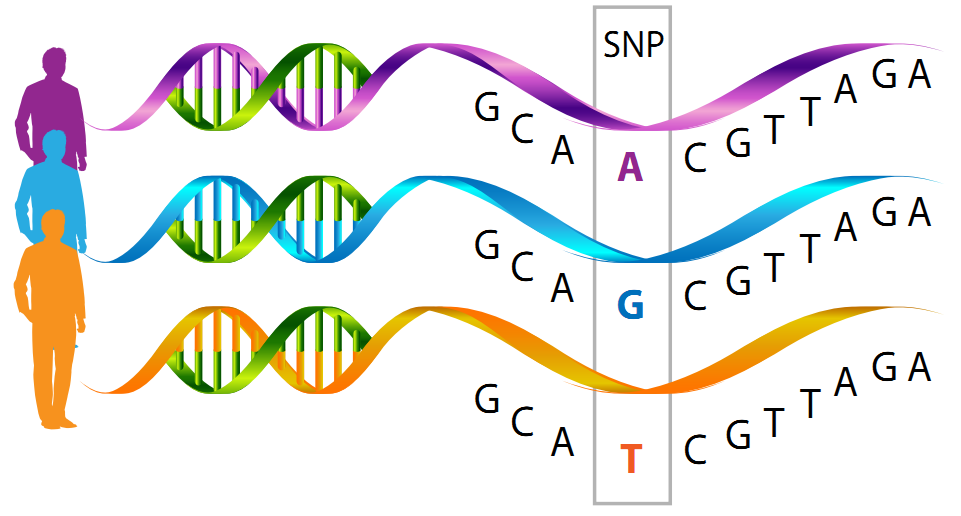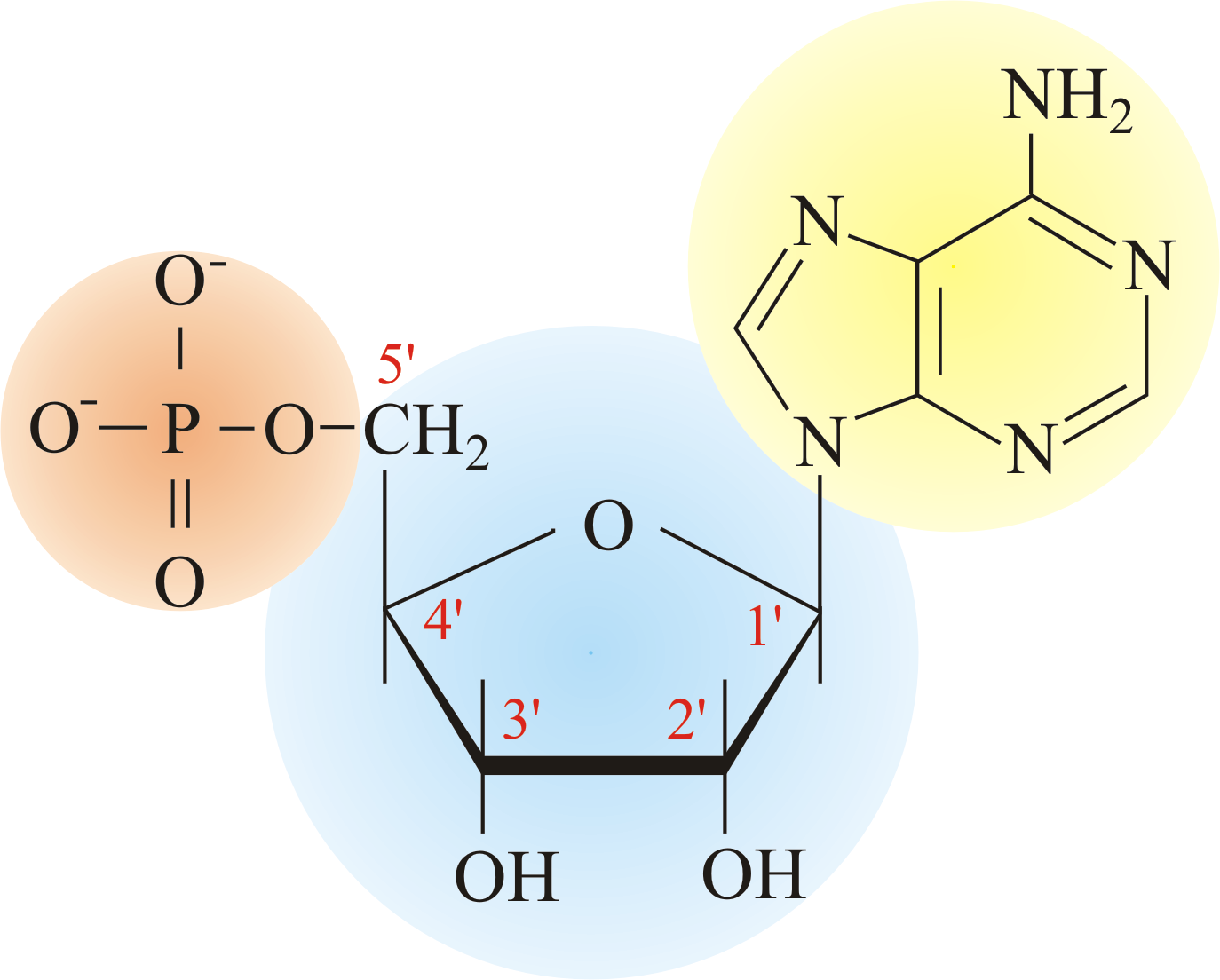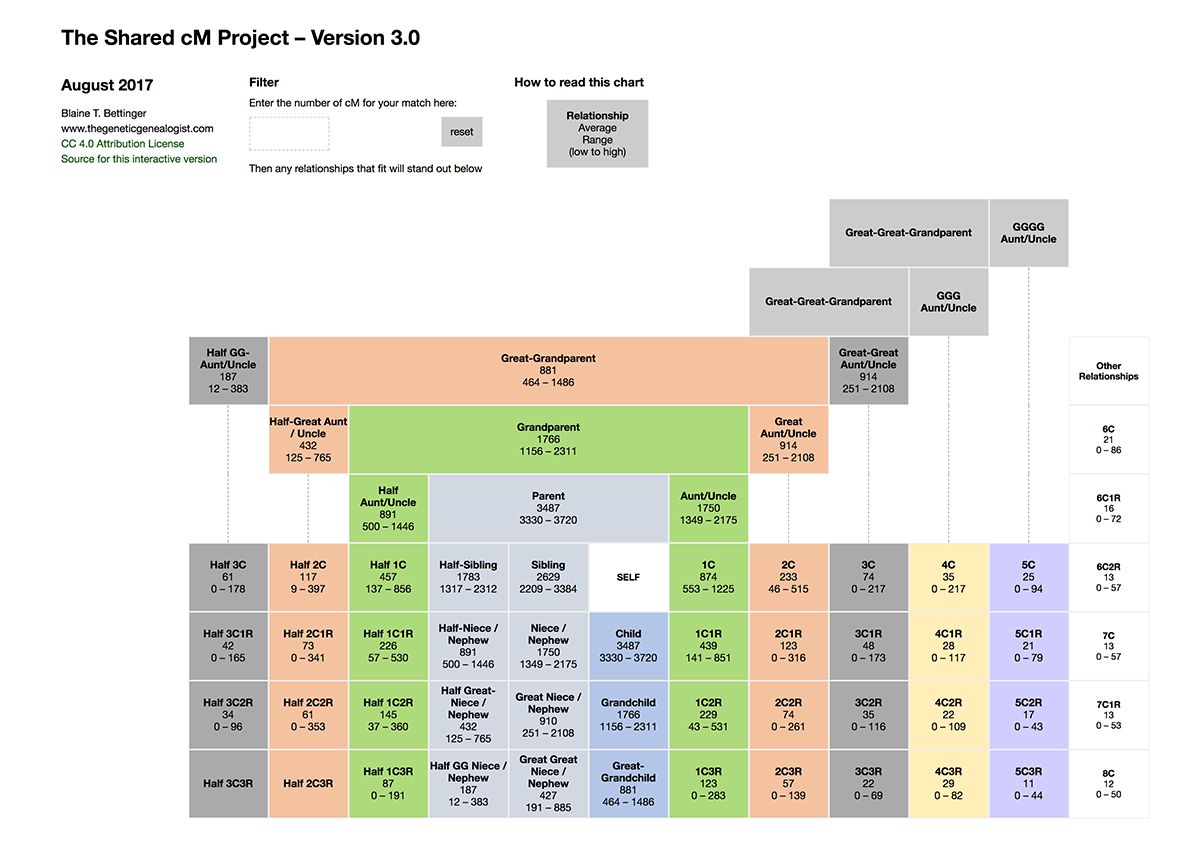What is an SNP in DNA Results?
Genealogical terms can be confusing at times especially those that are connected to the DNA aspects of family tree research.
One such abbreviated term is SNP and this is something you will likely encounter when dealing with DNA results from companies such as AncestryDNA.
AncestryDNA is Our Top Recommendation
After reviewing all of the top DNA products on the market, nothing comes close to AncestryDNA to help you discover your whole family story!
They give you so much more than any other family tree DNA kit, and let you connect to the places you're from in the world where your family story started, and even help you to discover living relatives you never knew you had!
For the most accurate family history research based on your DNA, sign up for AncestryDNA now!
Get AncestryDNA →What exactly are SNPs, what do they do and why are they important? In this post we will take a close look at the SNP to explain a little more about them to hopefully help you better understand their importance.
What Does the Term SNP Stand For?
Quite obviously SNP is an abbreviation but what exactly does it stand for? Well much like DeoxyRibonucleic Acid (DNA), SNP is a genetic term for Single Nucleotide Polymorphisms. Scientists very kindly use the term SNPs to make it a little less daunting.
What Is an SNP?
To understand what an SNP actually is we must first understand one important thing about human biology and our DNA. Genetically speaking, our DNA is 99.99% identical to every other human being on this planet.
This may surprise you considering how different we all look. It may surprise you even more that genetically we are 98.8% identical to chimpanzees. The important factor with us and other humans and of course chimpanzees is those small percentages by which we differ. It is within these percentages that we find the SNPs.

It’s taken decades but finally scientists know pretty much all the places in the human genome whereby we will differ from other human beings. This 0.01% of our DNA that will not be identical to any other human being is where genetic scientists look for the SNPs.
Single nucleotide polymorphisms then are the locations within our genome where mutations usually occur. These mutations are also referred to as copying errors, and it is these changes that DNA companies look for when determining our ancestry information.
Out of the over 3 billion locations within our genome only a very small percentage actually differ from the person who lives next door or who runs the local restaurant. The actual locations that these SNDPs arise in our genome however do vary which is why it is a very complicated process to track.
What Is a Nucleotide?
I have already used the term nucleotide so I should probably clarify a bit further what exactly that is because it will likely help us understand SNPs just a little better. A nucleotide is an organic molecule which consists of a nucleoside and a phosphate.
Nucleotides help make up the sequence of our DNA playing a very important role in making us who we are as an individual. A certain nucleotide at a particular position in our DNA is what for example contributes to our height, eye, or propensity for other genetic traits.

Each nucleotide is composed of one of four different nitrogen-containing nucleobases. You will likely recognize the letters used to denote these different nucleobases as they often appear on DNA diagrams.
- C: Cytosine
- G: Guanline
- A: Adenine
- T: Thymine
So when we are talking about SNPs we are actually looking at the genome to see where for example a C nucleobase is replaced by a T in the sequence.
How do SNPs Determine Who We Are?
Essentially when there is a change in the DNA at the location of an SNP this can create a biological variation between two people. As mentioned we are 99.99% identical in terms of DNA to every other human but it is this small 0.01% that makes us unique.
These small differences at the SNP locations influence a variety of traits including the way we look, our risk for disease and even how our bodies react to certain substances. Literally speaking hayfever or an allergy to peanuts is imprinted somewhere in our DNA.
Another interesting point to note is that even identical twins do not share 100% of their DNA. A recent study concluded that although at the start they split from the same egg and sperm and would be completely identical they actually start to vary quickly. This is because as our cells replicate mutations do occur going back to that term “copying errors."
The study shows that even by the time of birth up to 10 minimal mutations may have occurred that would make twins DNA unique from each other. These mutations would of course only be noticeable on the genetic level but they would still be there.
How Do Genealogy Companies Use SNPs?
So as it is these SNPs that make us each unique it is these very locations in our DNA that companies such as AncestryDNA and 23andMe look to study. When researching our ethnicity for example the companies use advanced algorithms to determine where our SNP mutations likely originate from.
Their software through the use of thousands of samples is able to determine that specific genetic markers are associated with localized global regions. When these markers appear in our DNA then it indicates we likely had ancestors from that region.
The more markers our DNA exhibits from a certain region the higher percentage we will likely see in our ethnicity results. If we only have a few markers or even just one then we will have a low percentage from that region.
Chains of SNPs that match with other people are the indicators that we may be related to them and it is these that genealogy companies use to give us lists of cousin matches. Again these similarities beyond the 99.99% we already share with all other humans are found only in the remaining 0.01% of our genome.
The higher the number of SNP markers you share with another individual the closer you are likely related to that person. All of the DNA you share with someone may not be on a single segment of your genome. It may exist across several segments.
A small amount of shared DNA might indicate a distant ancestor or it could just be a coincidental random quirk that leads to a small apparent match.
Centimorgans and SNP
An important factor to understanding the genetic similarities found within the SNP regions is a unit of measure known as centimorgans. When we look at our DNA match lists we usually do not get to much detail about SNPs but we do see this measurement unit.
Essentially speaking centimorgans are a unit of measurement that tracks the genetic distance or length of a segment of our DNA. If this exact same segment is found in another individual's DNA this is considered a match.

It may just be one sequence in our SNP region that matches another person or it could be dozens within our respective DNA. As mentioned however the greater the amount of DNA we share in centimorgans the closer we are related to each other.
Each human has around 6800 centimorgans in DNA of which we inherit roughly half from each parent meaning we share about 3400 centimorgans with our parents. The amount we share with an individual can help potentially estimate how we are related to them.
Conclusion
Single nucleotide polymorphisms or SNPs are locations found on the 0.01% of our DNA that is not completely identical to every human being on the planet. It is the varied DNA sequences found in these locations of our genomes that make us unique individuals.
They only represent a tiny fraction of our entire DNA but they influence everything from our appearance to our health and even our tolerances for certain drugs and foods. Genetic testing can even read these SNP locations to determine where our recent ancestors may have originated from.
Link To or Reference This Page
We spent a lot of time downloading, cleaning, merging, and formatting the data that is shown on the site.
If you found the data or information on this page useful in your research, please use the tool below to properly cite or reference Name Census as the source. We appreciate your support!
-
<a href="https://namecensus.com/blog/what-is-an-snp-in-dna-results/">What is an SNP in DNA Results?</a>
-
"What is an SNP in DNA Results?". NameCensus.com. Accessed on April 26, 2024. https://namecensus.com/blog/what-is-an-snp-in-dna-results/.
-
"What is an SNP in DNA Results?". NameCensus.com, https://namecensus.com/blog/what-is-an-snp-in-dna-results/. Accessed 26 April, 2024
-
What is an SNP in DNA Results?. NameCensus.com. Retrieved from https://namecensus.com/blog/what-is-an-snp-in-dna-results/.
